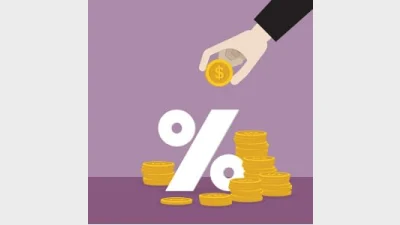Australian investor appetite cools



Australian investor appetite cooled markedly in the first quarter of 2022, according to Calastone’s quarterly Fund Flow Index.
Following record inflows to managed equity funds in 2021, the value of new cash committed by investors between January and March 2022 plunged to $1.2 billion, down by more than two thirds from a quarterly average of $3.8 billion last year.
Teresa Walker, managing director of Australia and New Zealand at Calastone said: “Risk appetite globally has fallen during the first quarter as worries for the world economy and inflation have been compounded by the chilling economic effects of Russia’s attack on Ukraine”.
Looking over the year, inflows in January fell by about two fifths to $581 million compared to December 2021 as global stock markets sank in the face of rising bond yields, pushed higher by soaring inflation in many economies. February was the weakest month of the quarter, with inflows falling to just $25 million, the worst month since June 2020.
But inflows rebounded in March, jumping back to $592 million, below the monthly average of the last couple of years, but helped by Australians remaining more positive on domestic equities.
On average over the last three years, Australians devoted one third of their newly-invested cash to managed funds that invested solely in Australian equities but in Q1 2022, this proportion jumped to 78%.
Australia-focused funds enjoyed inflows of $931 million, down by 25% compared to Q4 2021, while those investing overseas took in $327 million, down 80% compared to Q4 2021.
Meanwhile, the buying of funds investing overseas dropped in the first quarter of 2022 compared to the previous 12-month average while selling rose by one eighth. By contrast, the drop in buying of Australian-focused funds was less – falling by one fifth, but crucially selling fell by a similar proportion too, leaving a much more positive net outcome.
Interpreting the data, Walker said the much smaller decline in inflows to Australian-focused equity funds reflected the strong commodity bias on the Australian Securities Exchange.
“Share prices for Australia’s mining giants have soared during the quarter as sanctions on Russia have pushed up the price of ores and energy, providing a measure of protection for Australian funds not afforded to US tech giants, for example, which dominate global equity portfolios and whose share prices have been severely impacted this year by higher bond yields.”
Recommended for you
LGT Wealth Management is maintaining a neutral stance on US equities going into 2026 as it is worried whether the hype around AI euphoria will continue.
Tyndall Asset Management is to close down the Tyndall brand and launch a newly-branded affiliate following a “material change” to its client base.
First Sentier has launched its second active ETF, offering advisers an ETF version of its Ex-20 Australian Share strategy.
BlackRock has revealed that its iShares bitcoin ETF suite has now become the firm’s most profitable product line following the launch of its Australian bitcoin ETF last month.











